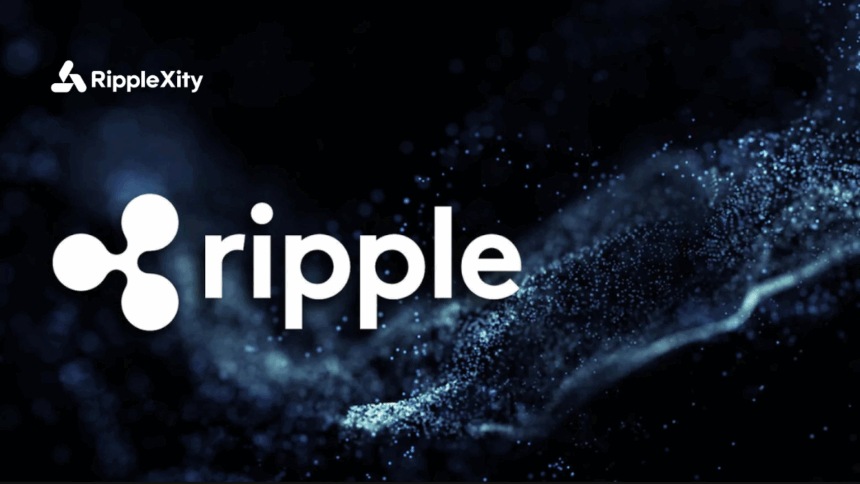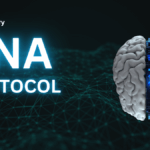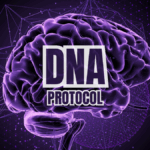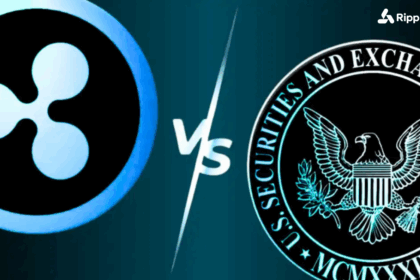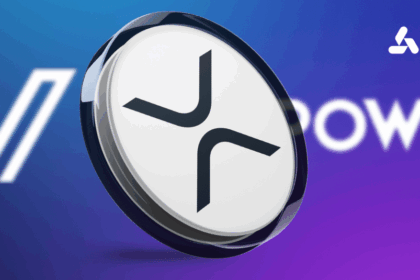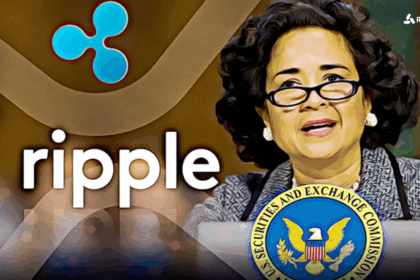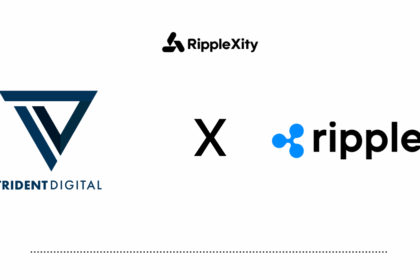As blockchain adoption accelerates across traditional finance, Ripple continues to expand its focus on tokenized real-world assets (RWAs), aligning technological innovation with regulatory engagement to serve institutional markets.
Ripple’s strategy is centered on enabling compliant, enterprise-grade solutions for asset tokenization—leveraging the XRP Ledger (XRPL) as a foundation for fast, low-cost, and secure settlement.
🏛️ Regulatory Engagement & Licensure
Ripple has taken significant steps in securing regulatory clarity to support tokenized asset infrastructure:
- In April 2024, Ripple secured a Major Payments Institution (MPI) license from the Monetary Authority of Singapore (MAS), allowing it to offer regulated digital payment token services.
- In May 2024, Ripple was listed as a Virtual Asset Service Provider (VASP) under Ireland’s central bank, enabling further operations across the European Economic Area (EEA).
- Ripple is actively involved in regulatory discussions in the UK, UAE, and Australia, participating in consultations and testbeds related to CBDCs and digital asset markets.
🔗 XRP Ledger for Asset Tokenization
Ripple’s XRPL ecosystem is already supporting real-world asset initiatives, backed by features like:
- Native Tokenization: XRPL supports issuing and managing custom tokens at the protocol level—without the need for smart contracts.
- Built-in Decentralized Exchange (DEX): Offers order book-based trading and liquidity for tokenized assets, allowing efficient swaps and trustline-based access.
- Issued Currencies & Trustlines: Enable representation of RWAs such as stablecoins, fiat currencies, and commodities within defined issuer frameworks.
- Low Fees and Fast Settlement: Average transaction cost is around $0.0002, with settlement finality in 3–5 seconds.
🧱 Ripple-Powered RWA Use Cases
Ripple’s infrastructure is already in use or being tested for tokenized asset applications, including:
- Franklin Templeton’s BENJI Token
A U.S. mutual fund share tokenized on the Stellar blockchain, but recently demonstrated by Ripple’s CEO using XRPL for token access and use. - RLUSD (Ripple USD)
Ripple’s own stablecoin announced in 2024, designed to bridge fiat and tokenized environments. RLUSD is expected to integrate with tokenization protocols for liquidity provisioning. - CBDC Engagements
Ripple has partnered with central banks—including Bhutan and Palau—for pilot projects focused on sovereign digital currencies, which often run parallel to tokenization frameworks for public and commercial assets.
🛠️ Technical Advancements
Ripple is contributing to technical standards and upgrades for XRPL to enhance tokenization support:
- XLS-20 (NFT Standard): Live on XRPL to support tokenized non-fungible assets.
- XLS-30 (Automated Market Maker): Under testing, it introduces on-chain liquidity pools that will benefit tokenized asset liquidity.
- Hooks Amendment: In development, it will enable lightweight smart contract-like logic, further supporting RWA automation on XRPL.
🌍 Global Vision for Tokenization
Ripple consistently positions tokenization as one of the largest addressable markets in crypto. Industry estimates (e.g., from BCG and World Economic Forum) suggest $10–16 trillion in tokenized assets could be on-chain by 2030.
Ripple’s ongoing infrastructure investments, regulatory alignment, and public-private partnerships place the company at the center of this transition, advocating for transparent, open, and compliant tokenized ecosystems.
Conclusion:
Ripple’s work in tokenized real-world assets is not conceptual—it is active, regulatory-aligned, and technically integrated. Through XRPL and strategic licensing, Ripple is building the rails for a global tokenized economy.




